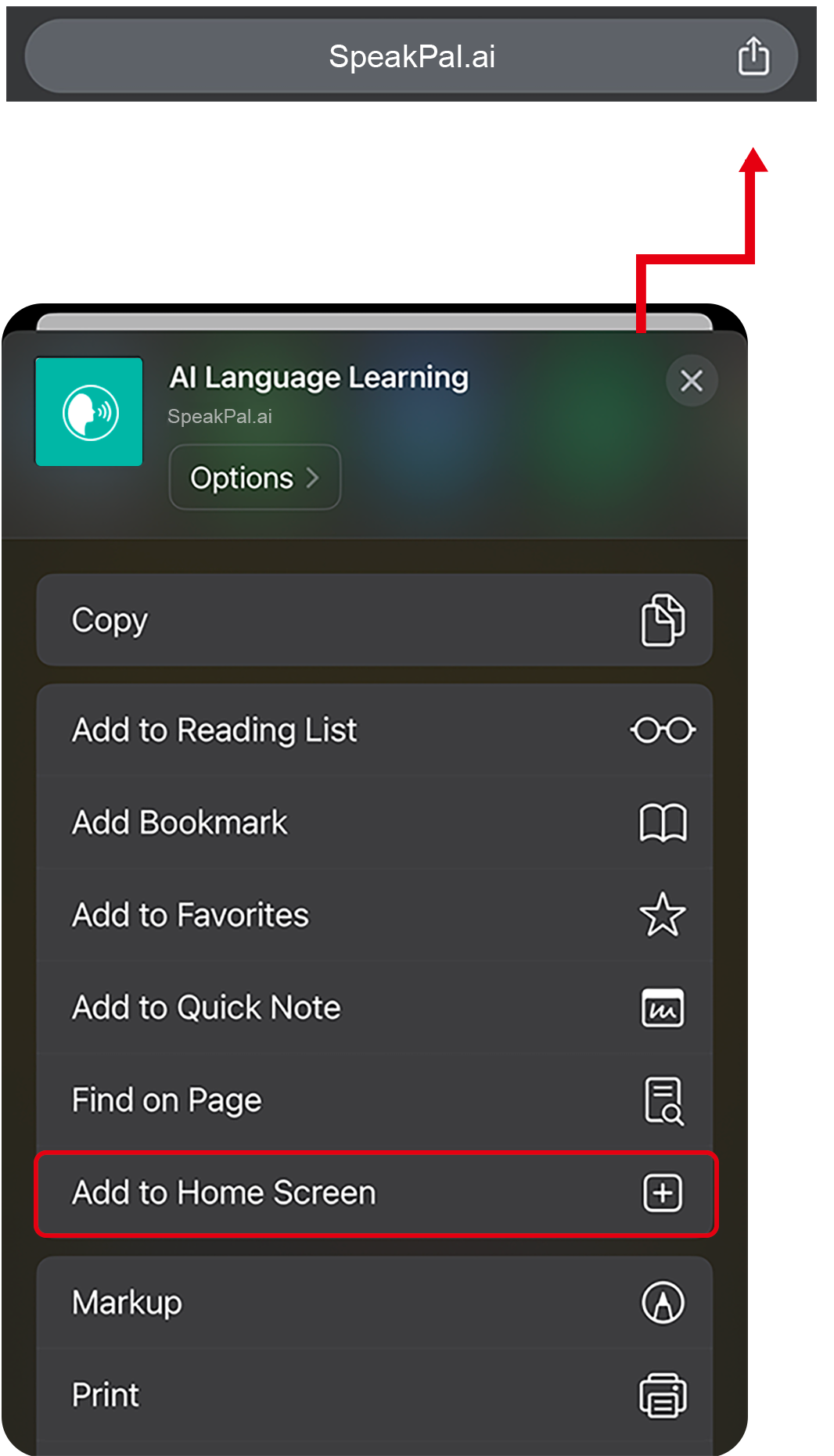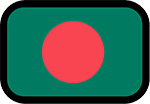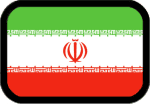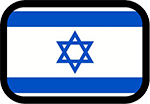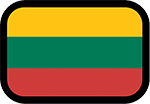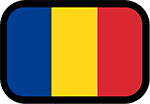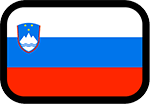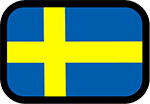Speak Korean With AI

Speak Korean, a language steeped in rich cultural heritage, offers a gateway to understanding South Korea’s vibrant society, entertainment, and business landscape. Whether you’re captivated by K-dramas, planning a visit to Seoul, or exploring professional opportunities, mastering Korean is a valuable asset. SpeakPal, our AI Language Learning platform, provides personalized lessons, interactive quizzes, and grammar guidance tailored to learners of all levels. Immerse yourself in this captivating language, and let SpeakPal be your guide on the path to fluency!
AI Language Learning: Examples of Korean Grammar

(Adjectives): 빠른, 아름다운, 행복한
1.“그 개는 빠른 개입니다.” (That dog is a fast dog.)
2.“이것은 아름다운 책입니다.” (This is a beautiful book.)
(Adverbs): 빨리, 조용히, 열심히
1.“그녀는 빨리 달립니다.” (She runs quickly.)
2.“그는 조용히 말합니다.” (He speaks quietly.)
(Articles): 한, 이, 그
1.“그는 한 권의 책을 가지고 있습니다.” (He has a book.)
2.“이것은 그 도시입니다.” (This is that city.)
(Nouns): 사람, 도시, 집
1.“그 사람은 매우 키가 큽니다.” (That person is very tall.)
2.“나는 큰 도시에 살고 있습니다.” (I live in a big city.)
(Prepositions): 에, 에서, 로
1.“책은 테이블 위에 있습니다.” (The book is on the table.)
2.“개는 테이블 아래에 있습니다.” (The dog is under the table.)
(Pronouns): 나, 너, 그
1.“나는 너의 친구입니다.” (I am your friend.)
2.“그들은 공원에서 놀고 있습니다.” (They are playing in the park.)
(Sentence Structure): 주어+동사, 주어+목적어+동사, 주어+보어+동사
1.“나는 사과를 먹는다.” (I eat an apple.)
2.“우리는 너를 생각한다.” (We think about you.)
(Tense Comparison): 과거-했었다, 현재-한다, 미래-할 것이다
1.“그는 매일 달렸다.” (He used to run every day.)
2.“그는 내일 달릴 것이다.” (He will run tomorrow.)
(Tenses Indicative): 하다, 먹다, 가다
1.“나는 지금 일하고 있다.” (I am working now.)
2.“그는 하루 종일 일했다.” (He has worked all day.)
(Tenses Subjunctive): 하면, 먹으면, 가면
1.“나는 일하면 좋겠다.” (I should work.)
2.“나는 달렸으면 좋겠다.” (I had run.)
(Verbs): 하다, 가다, 만들다
1.“우리는 지금 가야 한다.” (We should go now.)
2.“너는 이것을 볼 수 있니?” (Can you see this?)
Learn Korean Tongue Twisters and Master Grammar

1. 간장공장 공장장은 강 공장장이고, 된장공장 공장장은 공 공장장이다.
Translate: The manager of the soy sauce factory is Manager Kang, and the manager of the soybean paste factory is Manager Gong.
2.서당 개 삼 년이면 풍월을 읊는다.
Translate: A dog at a village school recites poetry after three years.
3.철수 책상 철책상, 영희 책상 영책상.
Translate: Cheolsu's desk is an iron desk, Yeonghee's desk is a wooden desk.
4.검정콩깍지는 깐콩깍지인가? 안 깐콩깍지인가?
Translate: Are black bean pods shelled or unshelled?
5.내가 그린 기린 그림은 잘 그린 기린 그림이고 네가 그린 기린 그림은 못 그린 기린 그림이다.
Translate: The giraffe picture I drew is a well-drawn giraffe picture, and the giraffe picture you drew is a poorly drawn giraffe picture.
6. 서울특별시 특허허가과 허가과장 허과장.
Translate: Head of the Seoul Special City's patent approval department, Manager Heo.
7.청차려총총 동청천총
Translate: Cheongcharyeochongchong Dongcheongcheonchong (nonsensical phrase)
8.장씨 시내에는 차 씨 차가 있다.
Translate: In Mr. Jang's stream, there is Mr. Cha's car.
9.팔팔한 팔팔이 팔팔하게 팔팔거린다.
Translate: The lively 88-year-old chatters vigorously.
10.하늘나라에는 나랏일을 하는 하늘나라 선녀님들이 산다.
Translate: In the heavenly kingdom, heavenly fairies do the nation's work.
11.먹는 건 먹는 건데 안 먹는 건 안 먹는 거다.
Translate: What is eaten is eaten, and what is not eaten is not eaten.
12. 겉절이는 겉절이인데, 맛있는 겉절이는 맛있는 겉절이.
Translate: Fresh kimchi is fresh kimchi, but delicious fresh kimchi is delicious fresh kimchi.
13. 봄밤 볶음밥
Translate: Spring night fried rice
14. 토끼 꼬리는 깡총깡총
Translate: A rabbit's tail bounces hop-hop.
15.세숫대야에 세수하다가 새우를 봤어요.
Translate: I saw a shrimp while washing my face in a washbasin.
16.풍각쟁이 풍각쟁이 풍각쟁이 풍
Translate: Wind piper, wind piper, wind piper, wind (nonsensical phrase)
17.간장공장 공장장님은 공장장님이시다.
Translate: The manager of the soy sauce factory is the manager.
18.집에 집에 집이 있다.
Translate: There is a house in the house.
19. 빨간 구두 빨간 구두 빨간 구두
Translate: Red shoes, red shoes, red shoes.
20.산 꼭대기에 산 꽃이 피었다.
Translate: A mountain flower bloomed at the top of the mountain.
Học tiếng Hàn >
SpeakPal Trang chủ >
Thử Speak Pal >
1
Chạm vào
2
Nhấn Thêm vào Màn hình chính

